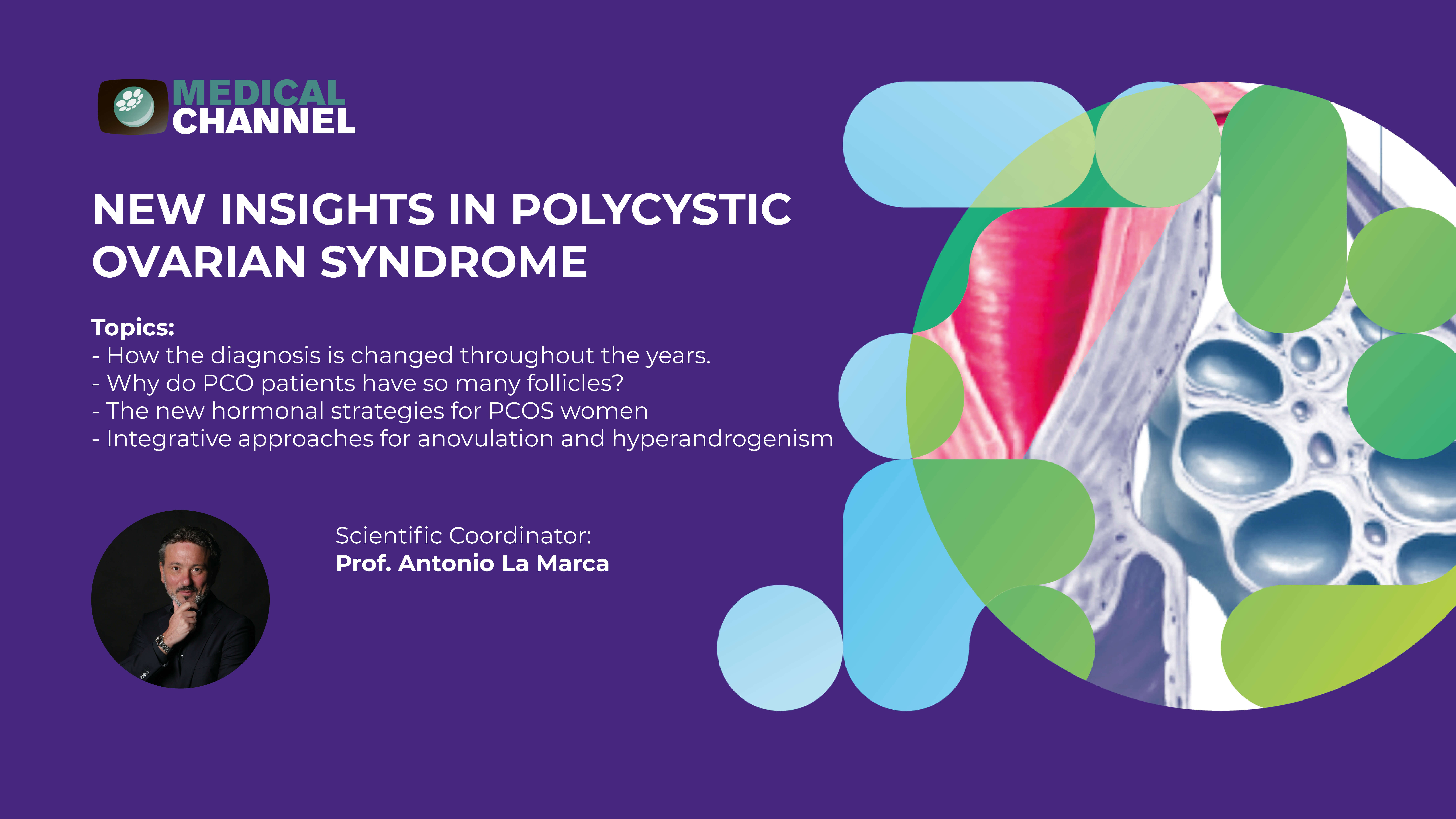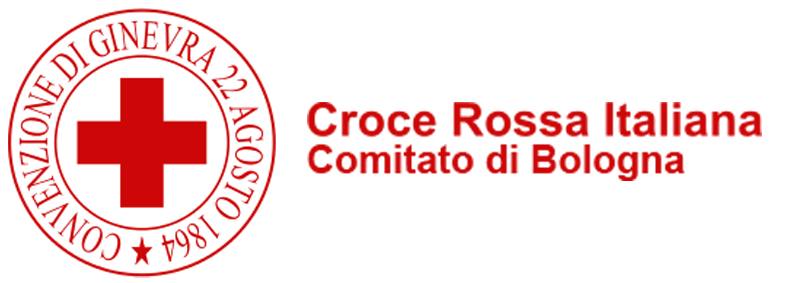Polycystic Ovary Syndrome (PCOS) remains one of the most common and complex endocrine disorders in women of reproductive age. This course offers an updated, evidence-based overview of PCOS diagnosis and management, exploring how diagnostic criteria have evolved globally, the pathophysiological basis of follicular crowding, emerging hormonal therapies, and integrative approaches for treating anovulation and hyperandrogenism. A comprehensive, multidisciplinary perspective for clinicians involved in reproductive medicine.
New Insights in Polycystic Ovarian Syndrome
Polycystic Ovary Syndrome (PCOS) remains one of the most common and complex endocrine disorders in women of reproductive age. This course offers an updated, evidence-based overview of PCOS diagnosis and management, exploring how diagnostic criteria have evolved globally, the pathophysiological basis of follicular crowding, emerging hormonal therapies, and integrative approaches for treating anovulation and hyperandrogenism. A comprehensive, multidisciplinary perspective for clinicians involved in reproductive medicine.
Author of the Course: La Marca Antonio

How the diagnosis is changed throughout the years. A worldiwide perspective
Background of follicular crowding in PCOS? Why do PCO patients have so many follicles?
The new hormonal strategies for PCOS women
Integrative approaches for anovulation and hyperandrogenism
Polycystic Ovary Syndrome (PCOS) remains one of the most common and complex endocrine disorders in women of reproductive age. This course offers an updated, evidence-based overview of PCOS diagnosis and management, exploring how diagnostic criteria have evolved globally, the pathophysiological basis of follicular crowding, emerging hormonal therapies, and integrative approaches for treating anovulation and hyperandrogenism. A comprehensive, multidisciplinary perspective for clinicians involved in reproductive medicine.
Lesson coming soon
Supported by:





















